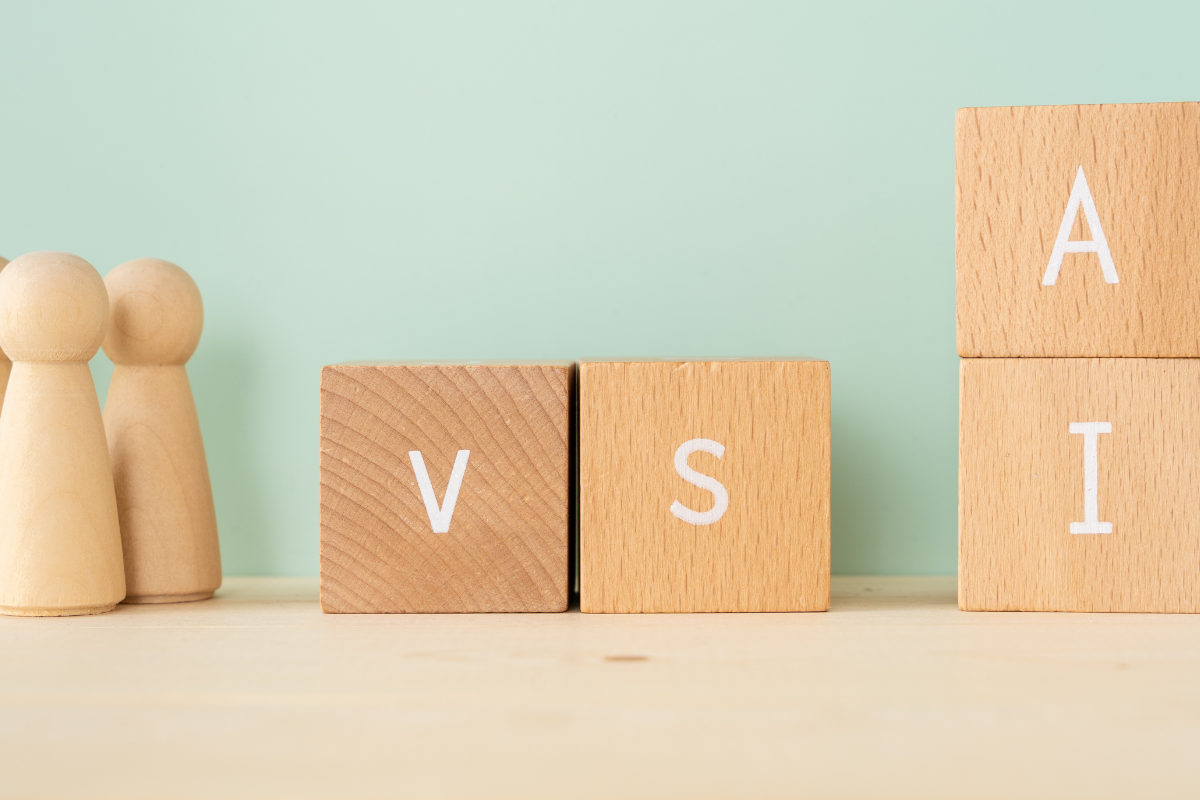
The harms of discriminatory hiring practices
Discrimination in recruitment is a long-standing problem that adversely affects women and other protected groups, but also ultimately impacts organisations negatively when discrimination results in talented people being overlooked for jobs. Sometimes the discrimination flows from deliberate and conscious decisions to hire only from certain groups or to exclude other groups from consideration, while on other occasions, it is a consequence of unconscious bias. ( 7 Ways to Reduce Bias in Your Hiring Process – HBR , June 12, 2017)
The countermeasures against discrimination before AI
When someone is consciously discriminated against, normally these issues have to be addressed by the aggrieved party via legal channels. Unconscious bias or systemic barriers, which are equally harmful, need to be addressed in a different manner as the root of the problem is often difficult to pinpoint and more complex.
Before AI, employers who valued diversity and inclusivity and understood the benefits of inclusive workplaces employed a variety of techniques to reduce unconscious bias and discrimination while hiring. These included: removing gendered or excluding terminology in adverts; taking gender or name identification out of CVs; advertising jobs through wider channels; structuring and standardising job interviews; and having an interview panel rather than one person in charge of hiring. (How to remove Unconscious Bias from your Hiring Process – Robert Walters Group)
These measures have had some success, but they have not managed to eliminate discrimination in recruitment altogether. A meta-analysis of 30 years of experiments in the US found that White job applicants were still 36% more likely to receive a call-back than equally qualified African-Americans and 24% more likely than Latinos, and that there was little change in the percentages between 1989 and 2015. (Discrimination and AI in the Workplace – OECD Panel Discussion. Feb. 22, 2022)
The introduction of AI in recruitment
Faced with the problems of discrimination, as well as the sheer volume of job applications, employers have increasingly been turning to AI for help. A few examples of multinationals that have reported benefits from using AI tools in talent recruitment include IBM, Hilton, Unilever, Amazon, Delta Airlines, Procter and Gamble, and Siemens.
But AI systems are not perfect and are capable of replicating biases learned from the data and source material that they have ingested. In this respect, it is noteworthy that the US Equal Opportunity Commission (EEOC) has just released its Strategic Enforcement Plan for the fiscal years 2023-2027, which is designed to advance equal opportunities for all in employment.
AI features prominently in the Plan with the Commission wanting to ensure that AI tools do not discriminate against protected groups. The Commission applies a statistical model to indicate the likelihood of discrimination—a selection rate of less than 80% for the protected group compared to the group with the highest rate tends to show disparate impact.
The reasons AI is a positive factor in recruitment
Nevertheless, while accepting these reservations, the broad consensus amongst professionals is that AI adds value to the recruitment process. A recent survey by the Zippia Organisation shows that 67% of recruiters say that AI has improved the hiring process; 96% of senior HR professionals believe AI will greatly enhance talent acquisition and retention; and 95% of recruiters believe that AI will help applicants with the application process.
From the perspective of job-seekers, employers are advised by the EEOC to inform them about their use of AI in hiring processes. Some states in the US already mandate disclosure or even require the applicant’s consent to the use of AI. Meanwhile, New York City will have Local Law 144 enforced as of July 5, 2023, which will require employers to conduct bias audits on automated employment decision tools, including those harnessing AI.
With the proliferation of AI platforms and tools, applicants themselves will seize the advantages offered by AI. They can use AI to draft cover letters that will best match the job description and can request AI tools to present their CVs in a form likely to impress the recruiter or the AI tool helping with the assessment.
The verdict: Humans are still needed…at least for now
While AI has the potential to improve hiring practices for both employers and employees, at least for the time being, these practices cannot be fully automated, and human intervention or oversight is still required at some level.
It is likely that surveys and academic research in the coming years will reveal if, and to what extent, the application of AI tools has moved the needle in a positive direction when hiring.
A start has been made in what is believed to be the first academic study of its kind, as academics at Monash University and the University of Gothenburg researched whether AI could reduce or eliminate bias in the recruitment of women for tech roles.
Overall, the research found that using AI in recruitment almost doubled the number of women who were amongst the top 10% of performers. The preliminary conclusion of the researchers is that AI undoubtedly helps to reduce bias in tech recruitment and probably in other fields as well. The Chief Executive of the firm which had designed the used tool stated that using ethical AI in recruitment is “…the most inclusive method of hiring”.
Conclusion
AI has become an integral component of the recruitment process for many large and medium-sized organisations. It can certainly speed up this process and preliminary indications are that it can reduce or even, in some cases, eliminate bias. But as in other areas, it cannot yet eliminate the need for human oversight and judgement. Used with wisdom and caution, AI may contribute to recruitment by being fairer and less discriminatory.
